Victorian Interior Design: Blending Timeless Elegance with Modern Sensibilities
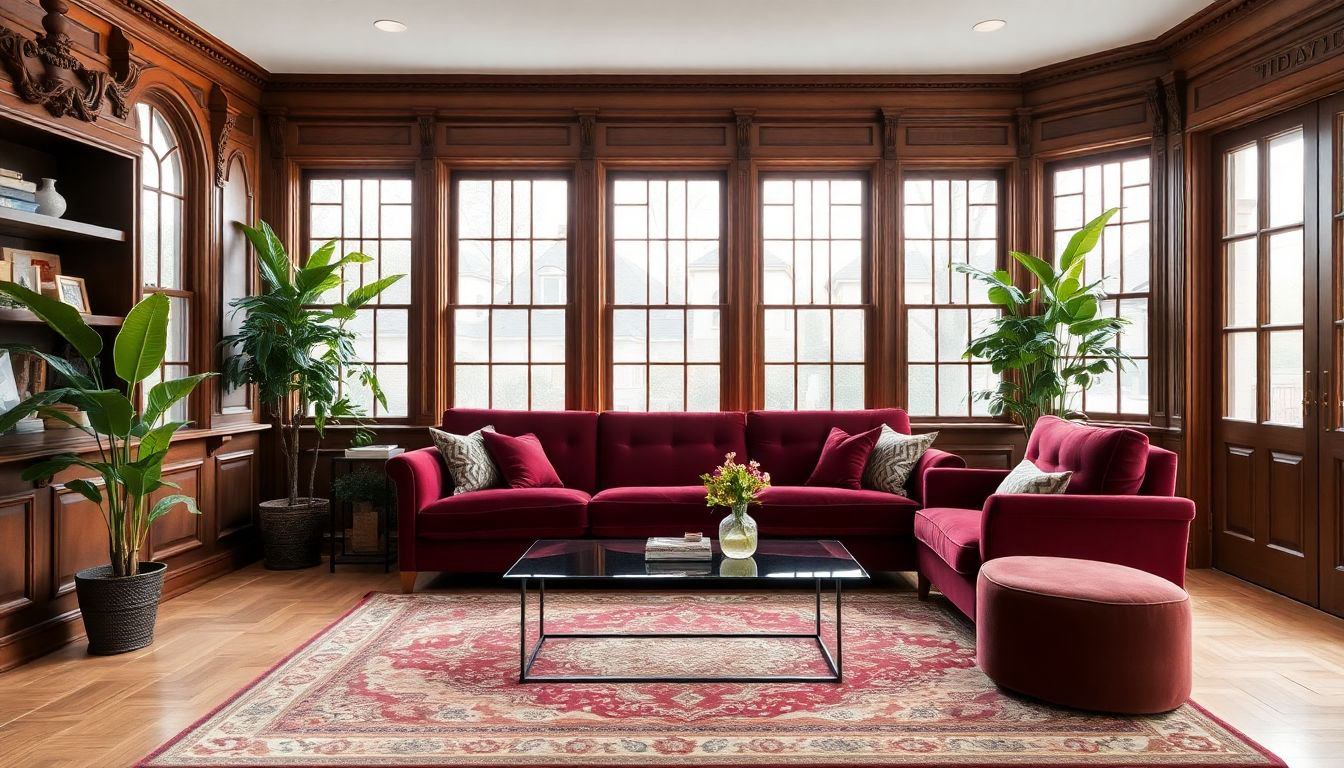
The Allure of Victorian Aesthetics in Contemporary Homes
As minimalist sensibilities and modern silhouettes have taken center stage in interior design, the ornate, heavy, and moody decor of the Victorian era has found itself relegated to the back shelves of thrift stores. However, a resurgence of interest in 19th-century design has sparked a new take on Victorian style that blends maximalism with bold color choices, daring patterns, and a dash of gothic charm. As Lois Connors, a resident of a Victorian terraced home in Cheshire, U.K., puts it, "We didn't realize maximalism was a thing until I started posting on Instagram about my home and now I have found my people!"
The allure of Victorian design lies in its ability to capture the splendor and extravagance of an era ruled by Queen Victoria from 1837 to 1901. Drawing inspiration from intricate woodwork, lavish fabrics, and rich colors, Victorian interior design offers homeowners the opportunity to create grand and luxurious living spaces that tell a story. As Jennifer Robyn Laskey, steward of a historic Los Angeles home, explains, "I feel really strongly that the design has to be partly based on the architecture and the bones of the house. In this house, it's easy to see that I channeled the creepy, sexy, vintage vibe with Victorian elements."
Embracing Color, Pattern, and Texture in Victorian-Inspired Spaces
One of the defining characteristics of Victorian interior design is its fearless embrace of color, pattern, and texture. Deep jewel tones like burgundy, forest green, and navy blue are often paired with ornate floral patterns, heavy drapery, and sumptuous fabrics like velvet and brocade. As Amber Kaye, a print designer living in a Victorian home in Manchester, U.K., describes, "I am drawn to things dark and moody, but I also love bold colors. I like a good mix of vintage and antique with modern influences here and there."
To incorporate Victorian elements into modern spaces, designers often start with a neutral base and layer in rich colors through upholstery, curtains, and accent pieces. Textiles play a crucial role in adding depth and warmth to Victorian-inspired rooms, with throw pillows, luxurious lace curtains, and Persian rugs serving as key elements. As Angie Cooper, a resident of a Victorian home in Richmond, Virginia, notes, "I love interiors that feel a little imperfect as I'm used to things peeling around the edges. So in time, the inevitable wear and tear that arises from family life will only add to the patina of these schemes."
Balancing Opulence with Functionality in Victorian Design
While Victorian design is known for its opulence and grandeur, modern interpretations of the style often prioritize functionality and comfort alongside aesthetic appeal. As designers Nicole Salvesen and Mary Graham of Salvesen Graham studio explain, their goal in designing a period property in London was to "nudge the interior into a more contemporary look without obliterating the Victorian character." This involved softening the interior schemes to create a calming yet dynamic feel in a larger-than-average space.
To achieve this balance, designers often incorporate contemporary furniture pieces upholstered in hotel-grade fabrics that can withstand wear and tear, while still maintaining the elegance of Victorian style. Built-in storage solutions, like floor-to-ceiling bookshelves and paneled cabinetry, provide both practicality and visual interest. As Katharine Boddy, the homeowner of the London property, reflects, "This is our forever home, so it feels smart and grown-up. However, I was raised in a country house in Yorkshire and so I'll always have a soft spot for firesides and Agas."
Incorporating Victorian Antiques into Modern Interiors
One of the most effective ways to infuse a modern space with Victorian charm is through the strategic incorporation of antique pieces. Victorian furniture, known for its intricate carvings, elaborate details, and high-quality craftsmanship, can serve as a stunning focal point in a contemporary room. As the article "How to incorporate Victorian Antiques in the Modern Home" suggests, "The beauty of Victorian antiques is their quality, which is often second to none. Wood such as mahogany, oak and walnut were used, which ensures they are enduring and timeless."
When integrating Victorian antiques into modern interiors, it's essential to strike a balance between the two styles to avoid a cluttered or overwhelming appearance. Designers recommend using antique pieces sparingly and strategically, allowing them to stand out as statement pieces rather than competing with the overall aesthetic. Reupholstering a Victorian chaise longue with a modern fabric or pairing an ornate French walnut dining table with sleek, contemporary chairs are examples of how to successfully blend the old with the new.
Conclusion: The Enduring Appeal of Victorian Interior Design
The resurgence of Victorian interior design in contemporary homes speaks to the enduring appeal of its timeless elegance and the desire for spaces that tell a story. By blending the opulence and grandeur of the Victorian era with modern sensibilities and functionality, homeowners and designers alike are creating unique, character-filled interiors that celebrate the past while embracing the present.
As the world of interior design continues to evolve, it's clear that the influence of Victorian style will remain a constant source of inspiration. Whether through the incorporation of bold colors and patterns, the strategic use of antique pieces, or the creation of spaces that prioritize both comfort and aesthetics, Victorian design elements have the power to transform a house into a home with a rich history and a distinct personality.
As we look to the future of interior design, it's exciting to imagine how the legacy of Victorian style will continue to shape and inspire the spaces we inhabit. By embracing the timeless elegance of the past and infusing it with the practicality and innovation of the present, we can create homes that are not only beautiful but also deeply meaningful and reflective of our unique stories and experiences.
References
"5 House Tours That Prove the Victorian Trend Is Anything But Dated" by Heather Bien (Apartment Therapy)
"Inside a Stylist's Victorian Home" by Amanda Harling (Homes and Antiques)
"A Victorian house in London with artfully layered interiors by Salvesen Graham" by Emma J Page (House & Garden)
"How to incorporate Victorian Antiques in the Modern Home" (LoveAntiques.com)
More Articles
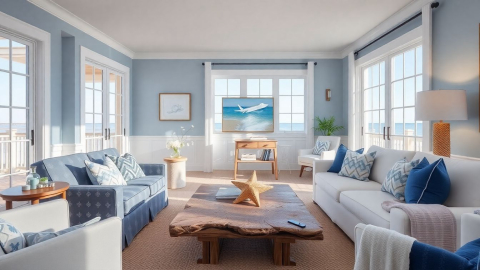
Coastal Chic: A Satirical Dive into the World of Coastal Interior Design
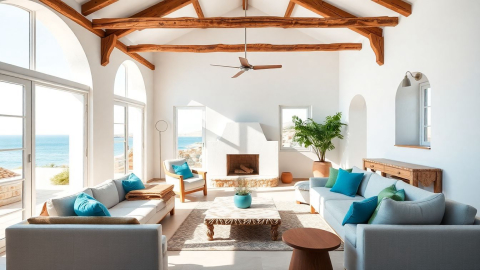
The Art of Mediterranean Interior Design: Blending Tradition with Modern Aesthetics
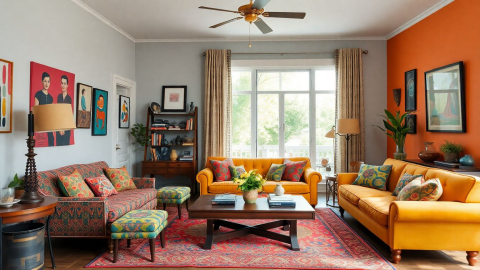
Embracing Eclectic Interior Design: A Journey of Personal Expression
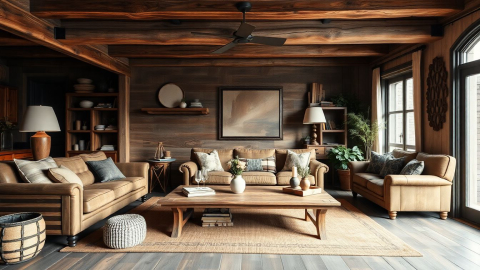
Rustic Chic: The Hilarious Trend of Pretending Your Home is a Barn
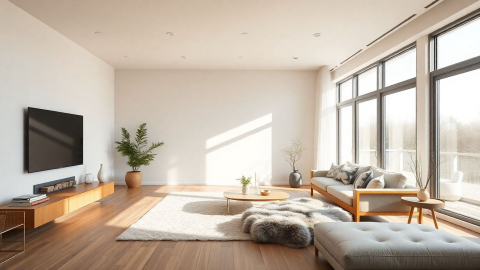
The Bleached Bones of Design: A Satirical Look at Scandinavian Interiors
